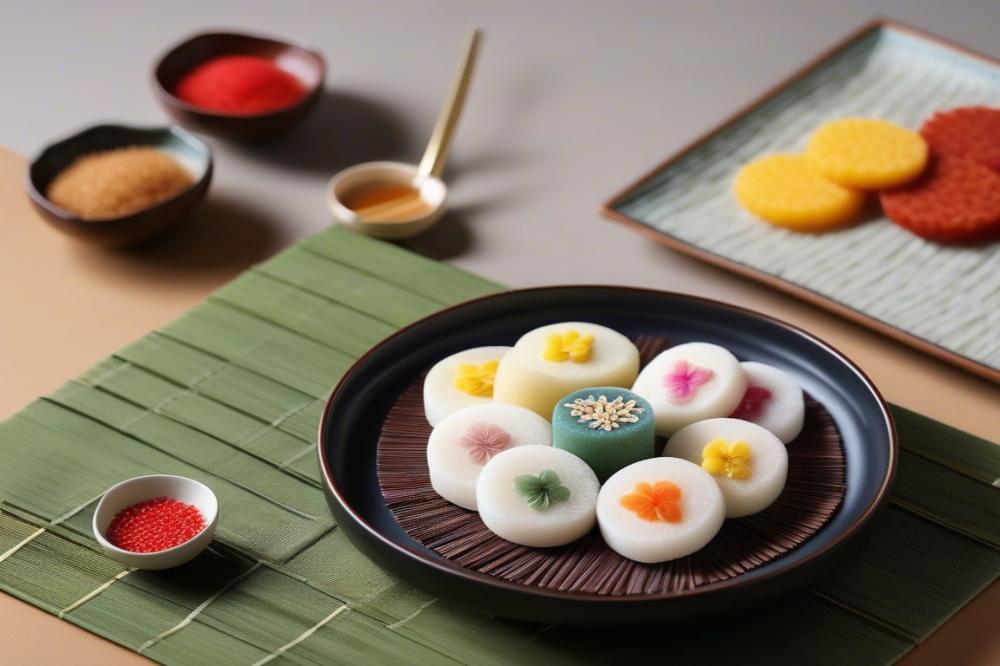Exploring the sweet flavors of Korean Chapssaltteok Rice Cakes
Chapssaltteok is a delightful traditional Korean dessert that embodies the sweetness and cultural richness of Korea. These sticky rice cakes are made from glutinous rice, which gives them their signature chewy texture. They hold a special place in many festive occasions, often enjoyed during celebrations and shared among family and friends. This dessert is not just about flavor; it carries the warmth of tradition and history.
The magic of Chapssaltteok lies in its ingredients. A common filling includes sweet red bean paste, which adds a rich flavor that contrasts beautifully with the soft outer layer. These cakes are sometimes colored or flavored with natural ingredients like mugwort or green tea, enhancing their appeal. Each bite offers a mix of sweet flavors and a delightful experience for the senses.
When paired with tea, these Korean rice cakes become even more special. The warmth of the drink complements the chewy bite of the cake, creating a moment of comfort and joy. Many people find making Chapssaltteok at home to be an enjoyable activity. Exploring homemade recipes allows for creativity and personalization, making the treat even more meaningful.
There’s an undeniable cultural significance tied to these festive snacks. Preparing and sharing Chapssaltteok can bring families together, fostering bonds and creating cherished memories. Learning about this traditional dessert offers a deeper understanding of Korean heritage, inspiring one to appreciate the joy of food as part of a rich tapestry of culture.
Understanding Chapssaltteok
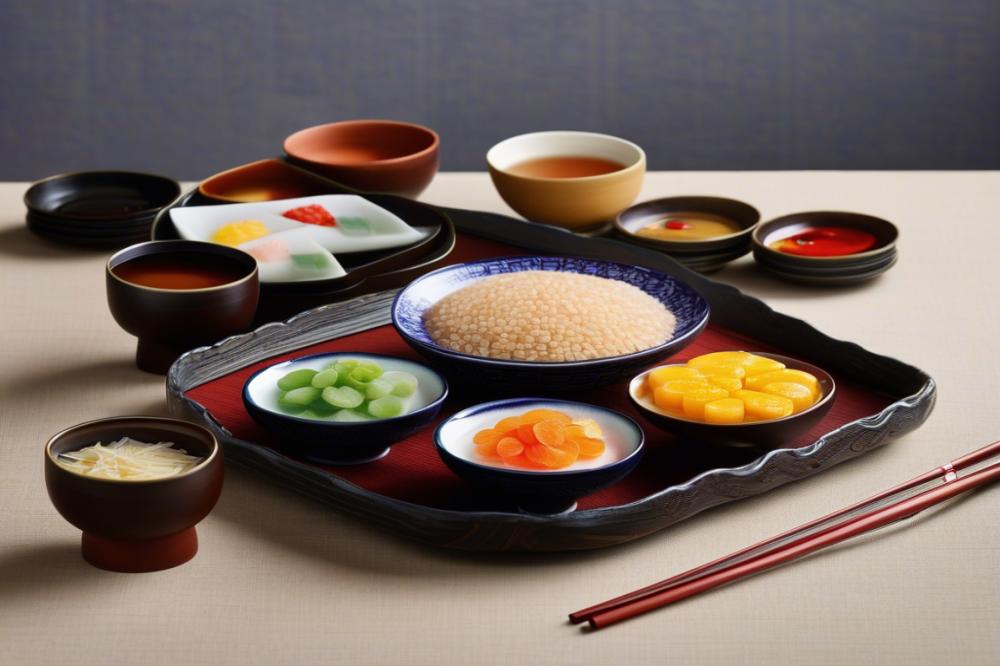
Chapssaltteok refers to a traditional Korean dessert made from glutinous rice flour. This sticky rice cake stands out due to its delightful chewy texture. Made with glutinous rice, it requires careful preparation. First, rice is soaked, then steamed and pounded to achieve that perfect chewy consistency.
The sweet flavors captured within each piece often come from a tasty red bean filling. This filling is made from adzuki beans that have been boiled and sweetened. When combined with the rice cake’s chewy exterior, the result is absolutely enjoyable. Many people love this contrast between the sweet interior and the soft, sticky shell.
Cultural significance plays a big role in the popularity of this dessert. Chapssaltteok is not just an everyday snack; it is often enjoyed during festive occasions. Families might prepare these as part of celebrations such as weddings or birthdays. They symbolize good fortune and provide a sense of togetherness.
Pairing tea with these treats is common. A warm cup of green tea complements the rich flavors of the rice cake beautifully. For those intrigued by culinary traditions, many homemade recipes exist to try making these sweet snacks. Different variations exist, and they often reflect regional tastes. Each bite evokes a sense of nostalgia and connection to Korean heritage.
Ingredients and Cooking Instructions
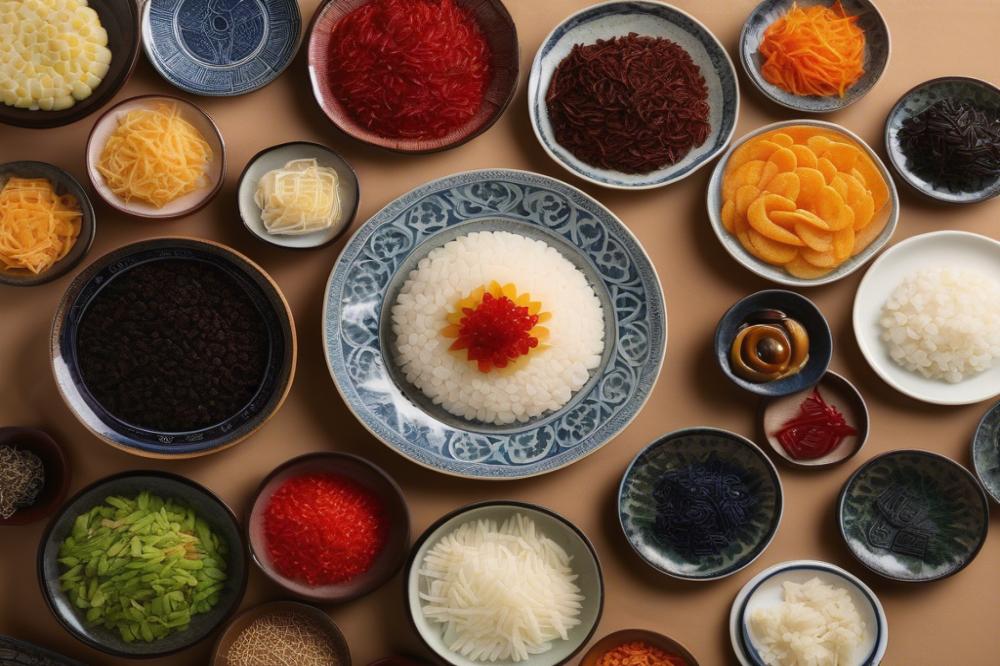
To make a delightful batch of sweet rice cakes, gather the following ingredients:
- 2 cups glutinous rice flour
- 1 cup water
- 1 cup cooked and mashed red beans
- 1/4 cup sugar
- 1/4 tsp salt
- Cornstarch for dusting
Nutritional Information and Roles
Glutinous rice flour provides the chewy texture that is characteristic of this traditional Korean dessert. Each cup contains 680 calories, contributing carbohydrates that create the sticky rice cake base. Water is used to hydrate the flour; it is essential for the cake’s desired consistency, although it has negligible calories. Cooked and mashed red beans add both sweetness and protein, offering around 220 calories per cup. Sugar enhances the overall flavor, bringing forth the sweet flavors that make this treat so enjoyable. A mere 1/4 cup adds about 200 calories. Salt is key in balancing the taste and is included in a small amount, having minimal impact on calories. Finally, cornstarch is perfect for dusting the rice cakes, preventing them from sticking together without adding flavor or calories.
Step-by-Step Cooking Instructions
Begin by preparing the glutinous rice flour mixture. In a bowl, combine the glutinous rice flour with water until smooth. This batter should not be too thin; a thicker consistency will yield better results when steamed.
Steam the mixture to create the cake. Pour the blend into a steaming dish lined with parchment paper. Steam for about 20 minutes until it becomes firm and translucent. This step is crucial for developing that lovely chewy texture.
Next, prepare the red bean filling. If you haven’t already, cook and mash the red beans. Stir in sugar to sweeten the mixture, adjusting it according to your taste. The red bean filling adds a rich flavor and complements the rice cake perfectly.
Assemble and shape the rice cakes. Once the rice cake cools slightly, dust your hands and a work surface with cornstarch. Take a portion of the cake and flatten it. Place a spoonful of the red bean filling in the center, then fold the edges over and roll it into a ball or shape it as desired.
Steam again for the final texture. Place the shaped rice cakes back into the steamer for another 10 minutes. This step helps meld the flavors and ensures the rice cakes have a warm, soft finish.
These homemade recipes are popular during celebrations and gatherings. Chapssaltteok can be enjoyed on their own or paired with tea, offering a perfect complement to the chewy texture. Enjoy these festive snacks with family and friends, appreciating their cultural significance in Korean cuisine.
Sweet Flavors and Variations
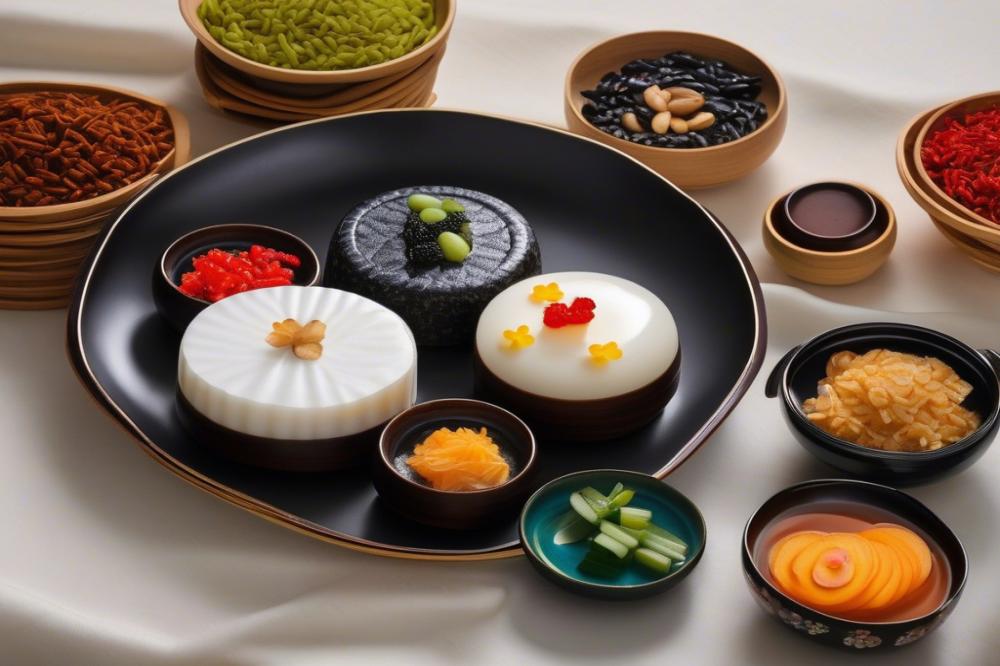
Korean rice cakes are renowned for their chewy texture. Often made from glutinous rice, these treats can be much more than their traditional red bean filling. Exploring different flavorings is an interesting way to enjoy this cultural delicacy. Many love to incorporate fruits like strawberries, mangoes, and even bananas into their chapssaltteok, offering a fresh taste.
Some recipes call for sweetened nuts or seeds. Almonds, peanuts, and sesame seeds add a delightful crunch. The contrast between the creamy sweetness and nutty texture creates an exciting experience. Whether used as fillings or toppings, they enhance the overall flavor profile.
Customizing these festive snacks allows for a personal touch. For instance, you might mix flavors like matcha or vanilla into the rice dough. This adds a unique twist to the traditional flavor. In addition, flavored syrups can be drizzled on top. Honey or chocolate sauce offers extra sweetness for those with a sweet tooth.
Combining fruits and nuts can create an explosion of sweet flavors. Imagine taking a bite of a sticky rice cake filled with freshly diced peaches and creamy coconut. It’s a taste adventure that feels both familiar and fresh. Homemade recipes provide the freedom to experiment. Each person can adjust ingredients based on their preferences, ensuring a delightful eating experience.
Don’t forget about tea pairing! Certain teas can enhance the flavors of your sticky rice cake. Green tea or jasmine tea is perfect companions for these desserts. Each sip complements the chewiness of the dessert, elevating the whole experience. Enjoying chapssaltteok during a cozy afternoon tea creates lovely memories with friends or family.
Variations based on regional ingredients add depth to this treat. In some areas, ingredients like sweet potato or pumpkin may find their way into the mix. This gives a rich, earthy taste that balances sweetness well. Students often discover their family recipes and pass them down, adding to the cultural significance of the dessert. With so many options, it is easy to create a sweet delight that fits anyone’s taste buds.
Serving Suggestions and Tea Pairing
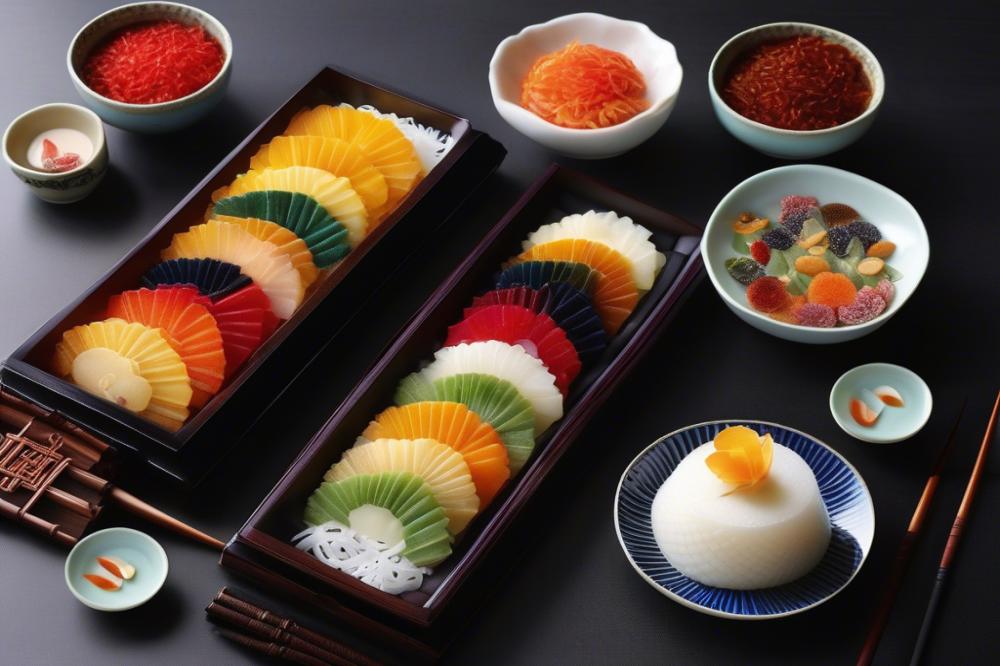
Serving chapssaltteok at gatherings adds a delightful touch to any celebration. Guests often admire the vibrant colors and sweet flavors of this traditional Korean dessert. You can serve them on decorative platters for a visually appealing presentation. Consider cutting the sticky rice cake into bite-sized pieces, as this makes it easy for guests to enjoy.
Pairing tea with these festive snacks enhances the experience. Many people prefer traditional Korean teas, such as barley tea, which provides a nutty flavor. Green tea is another excellent choice, as it balances the sweetness of the red bean filling. Herbal teas, like jujube or ginger tea, can also be inviting and warm, inviting guests to linger over their treats.
Cultural significance plays an important role in tea pairing in Korea. Traditionally, tea accompanies meals and celebrations, symbolizing hospitality. This practice enriches the dining experience, making it more enjoyable. Homemade recipes for broths and sweets often call for careful attention to these pairings.
Do not overlook the chewy texture of the rice cake when serving. It offers a contrast to the smoothness of the tea. Guests will likely appreciate the interplay of flavors and textures. Encourage your friends and family to sip gradually, savoring each moment.
Whether it’s a holiday or casual gathering, these small details create special memories. The art of serving chapssaltteok with tea fosters connections and conversations. Ultimately, the right combinations can elevate any occasion.
Embracing the Joy of Chapssaltteok
Korean cuisine is rich with traditions, and the sticky rice cake represents a delightful part of it. This dessert, known for its sweet flavors and chewy texture, holds special significance during many festive occasions. People enjoy it during celebrations like Chuseok and birthdays. Eating these rice cakes is more than just tasting a treat; it is about experiencing culture and heritage.
If you are feeling adventurous, trying your hand at making this traditional dessert can be a rewarding experience. It may seem a little challenging at first, but the joy of creating something so special is worth the effort. Gather some family or friends to join you, and turn this cooking session into a fun gathering. Their laughter and assistance will make the process much easier.
Finally, savoring chapssaltteok, whether homemade or purchased, can bring pleasure. Imagine biting into a soft, sweet layer filled with delicious ingredients. Let this delightful dessert elevate your celebrations. Holding on to its rich flavors and textures will make any occasion more memorable. Enjoy each bite and embrace the connections this treat can foster among family and friends.
With this in mind, don’t hesitate to explore the sweetness of this cherished dish and share it with others. The experience of tasting and making will certainly leave a lasting impression.

